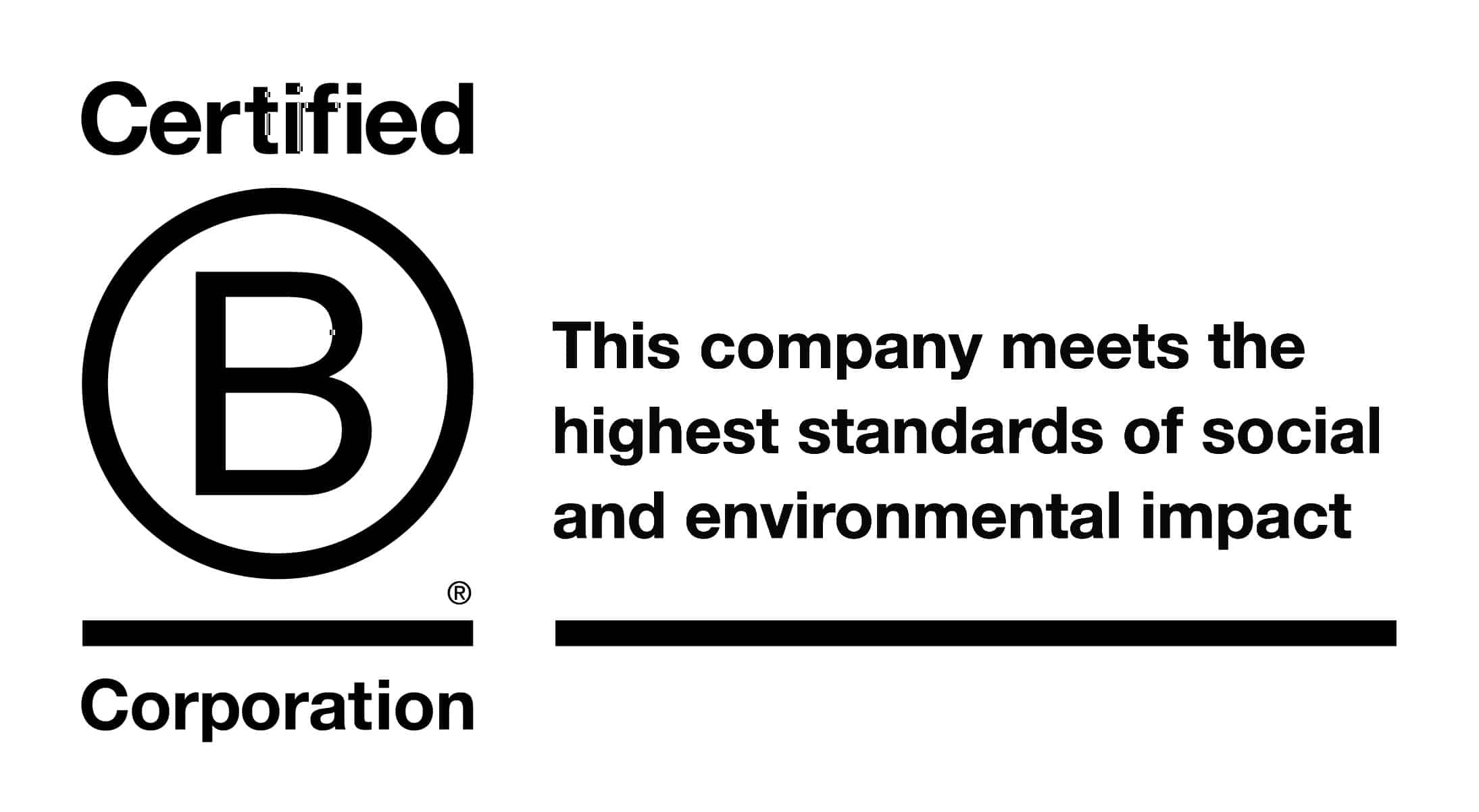
If you have a large fleet of vehicles or heavy equipment, proper preventive maintenance can have a significant impact on your bottom line.
In Northern US and Canada, winters can be harsh and the liberal use of rock salt and sand on roads increase corrosion risks. Once the protective layer of clear coat and paint is scratched, the exposed metal will begin the corrosion process we see visually as surface rust.
Different Forms of Corrosion
Because it is directly exposed to road debris the bottom of the vehicle gets the worst of it. Once structural elements become affected (chassis, axles, shocks) it threatens the integrity and functionality of the vehicle.
In regions subjected to severe winters such as the US MidWest and NorthEast and the Great Lakes region the corrosive cocktail of road salts, moisture, and fluctuating temperatures wreaks havoc on all vehicles.
If unchecked, corrosion can compromise workers’ safety, lower operational efficiency, and increase replacement costs. This compounding of issues can have huge costs that can jeopardize the company’s financial future.
Hydric Components
Moisture stands as a prevalent trigger for metal corrosion. In the absence of warm weather to evaporate moisture, condensation proliferates on metal-made components.
Enclosed, poorly ventilated environments exacerbate this issue, trapping corrosive moisture and heightening metal component vulnerability.
Liquid petroleum haulers exemplify this phenomenon, experiencing accelerated corrosion due to condensed water interacting with liquid petroleum residue.
Salts and Metal Interacting
When rock salt comes into contact with metal, it starts a corrosive process. This is especially applicable to aluminum, which many car parts are made of today.
Corrosion jeopardizes the structural integrity of metal-made structures, spreading easily to adjacent surfaces like mold.
As vehicles traverse salt-laden roads during winter months, the salt adheres to the undercarriage, initiating corrosion on exposed metal surfaces. Over time, this can compromise suspension systems, brake lines, and fuel tanks, leading to costly repairs and safety hazards.
How Corrosion Affects Fleets
- Increase in friction in mechanical components
- Shortened lifespan in metal parts
- Increased risks for mechanical failure accidents (brake and fuel lines)
- Deterioration of assets due to hazards like carbonic acid
Tackle Corrosion Problems Right Away
An ounce of prevention is worth a pound of cure. In the realm of fleet management, this axiom rings truer than ever before.
Enterprises that manage large vehicle fleets face a pressing challenge: To proactively address corrosion through rigorous preventive maintenance protocols. Or deal with problems and costs as they arise.
Embracing a proactive stance on corrosion maintenance includes routine inspections and quality control. This will help you and your team identify problematic areas that are susceptible to corrosion.




